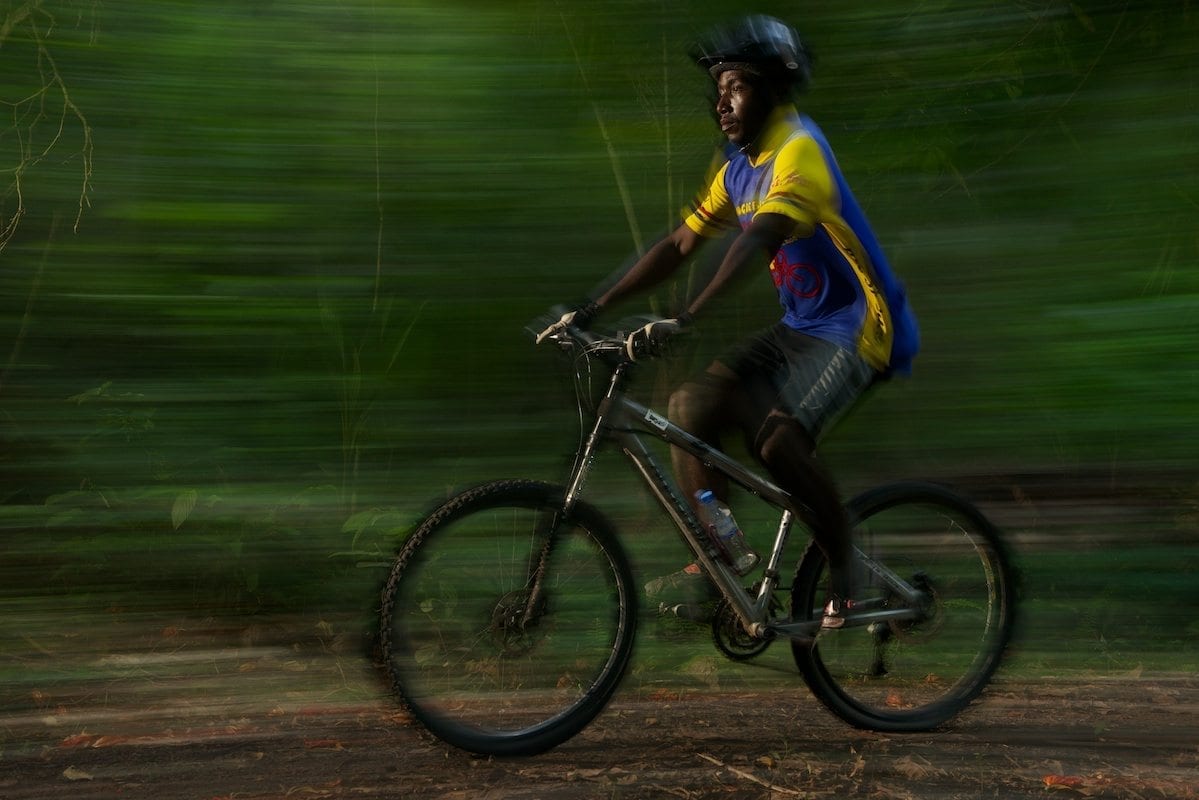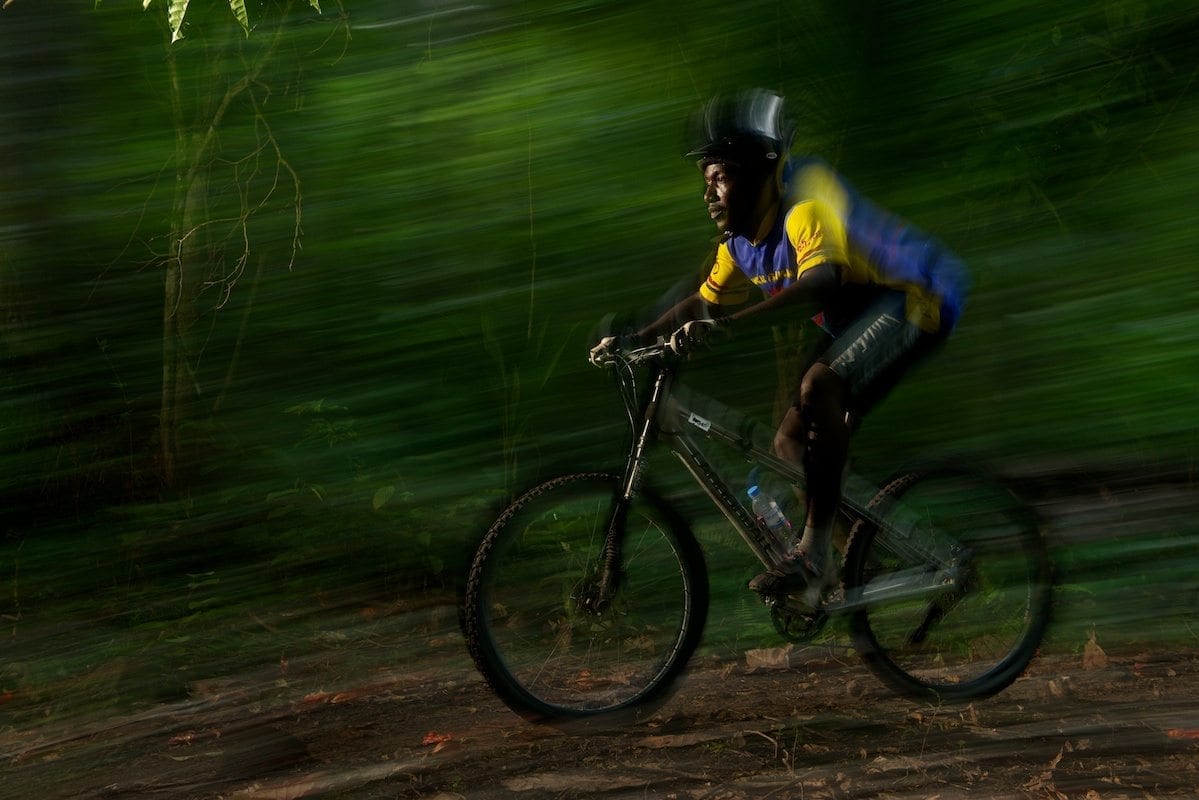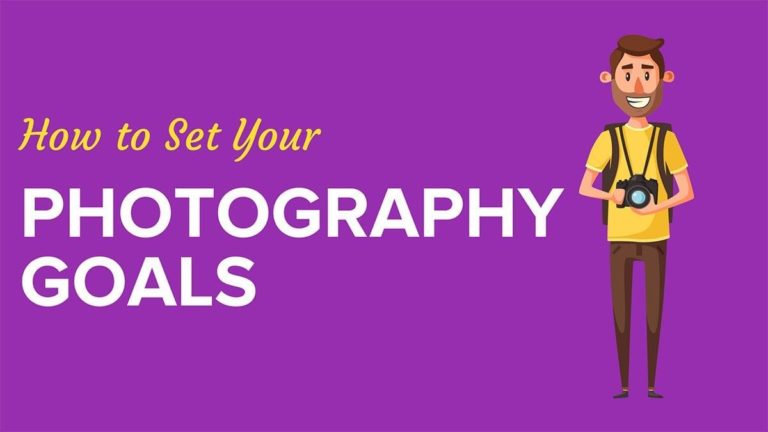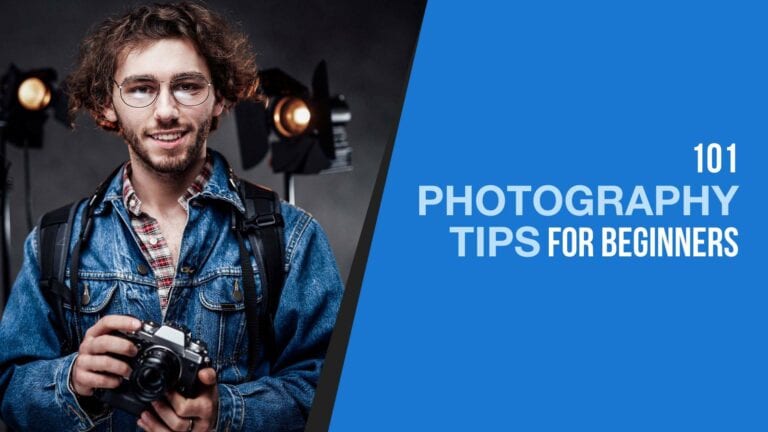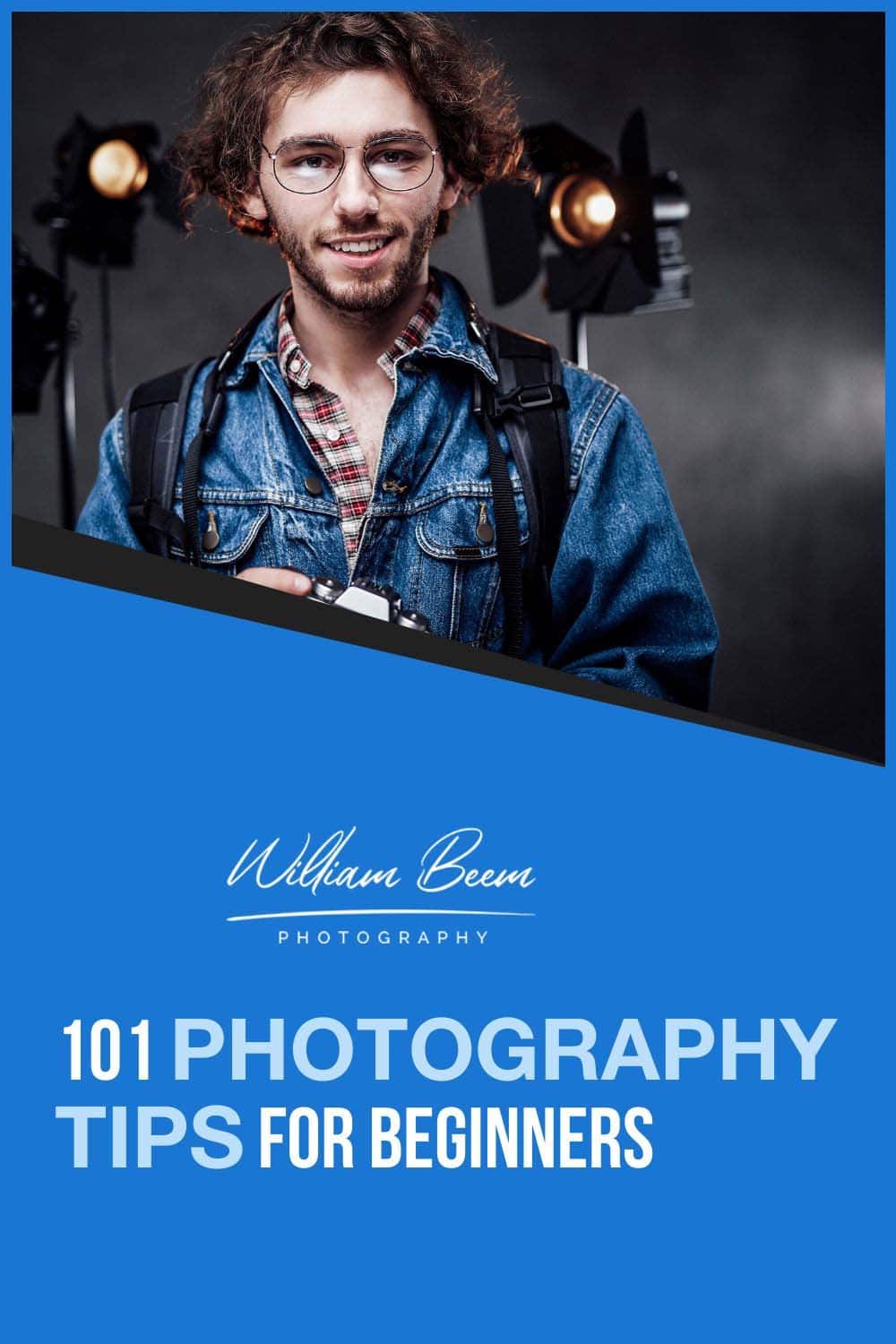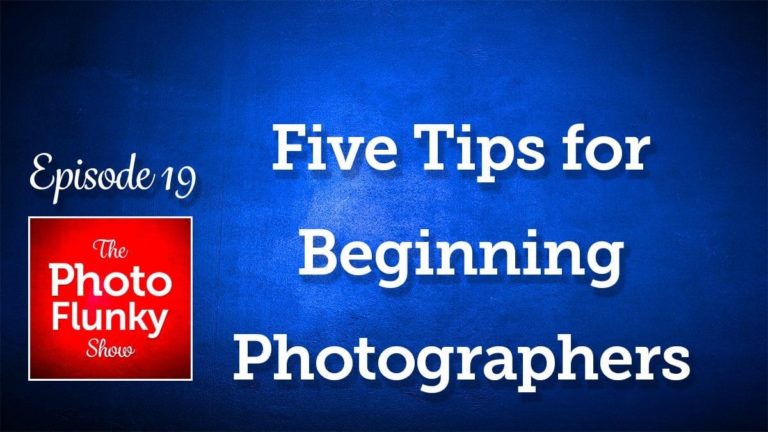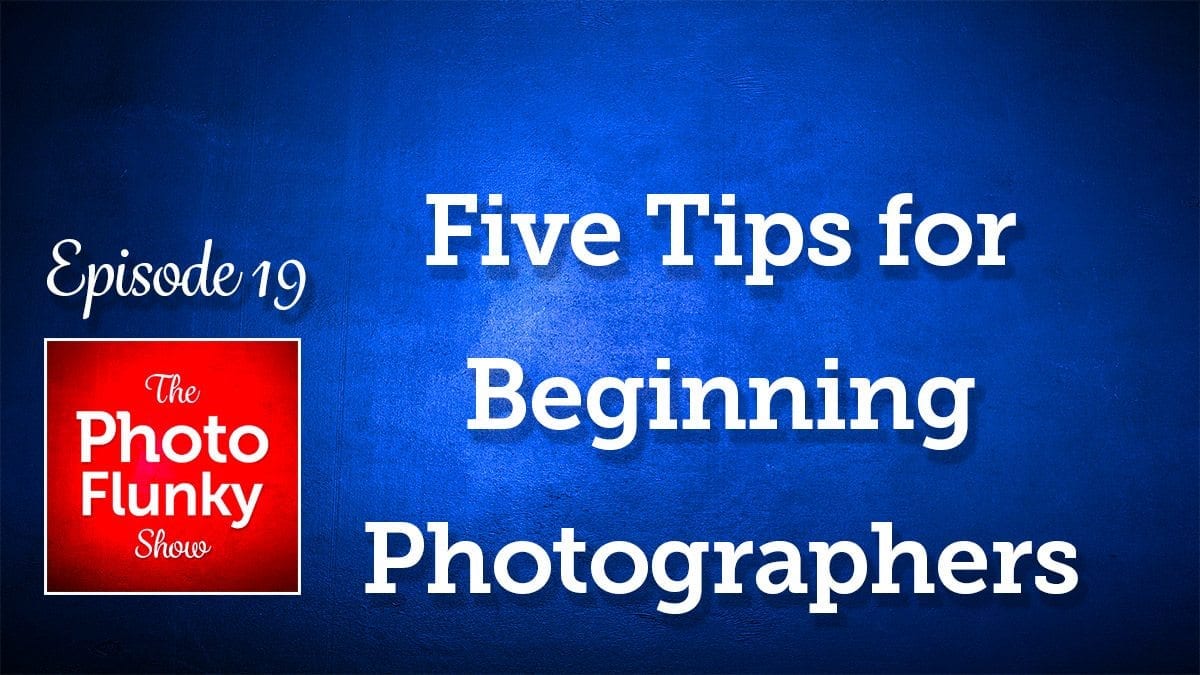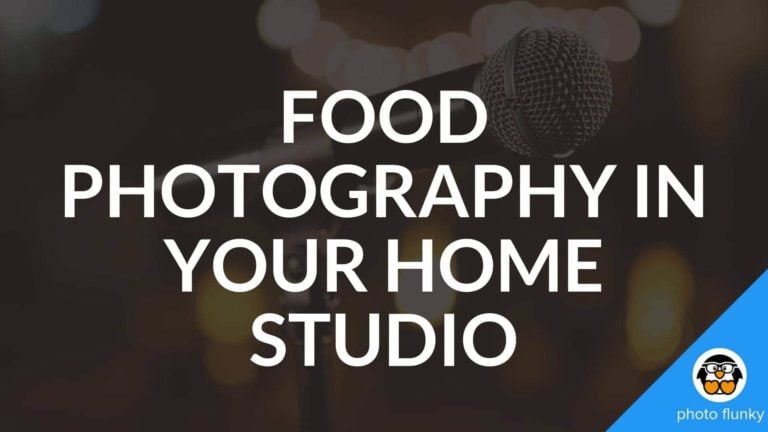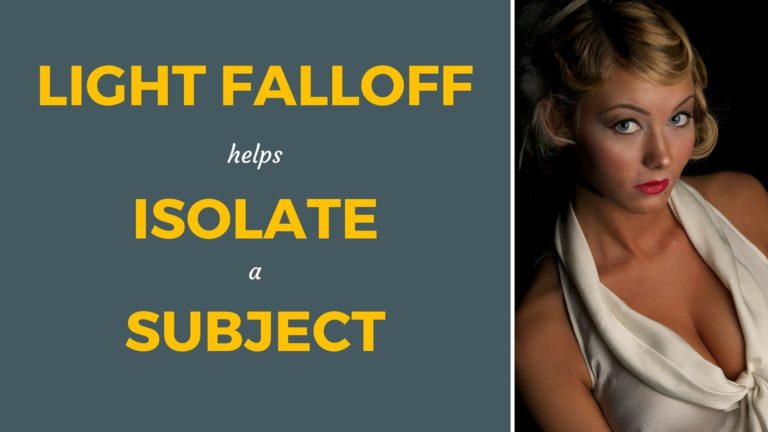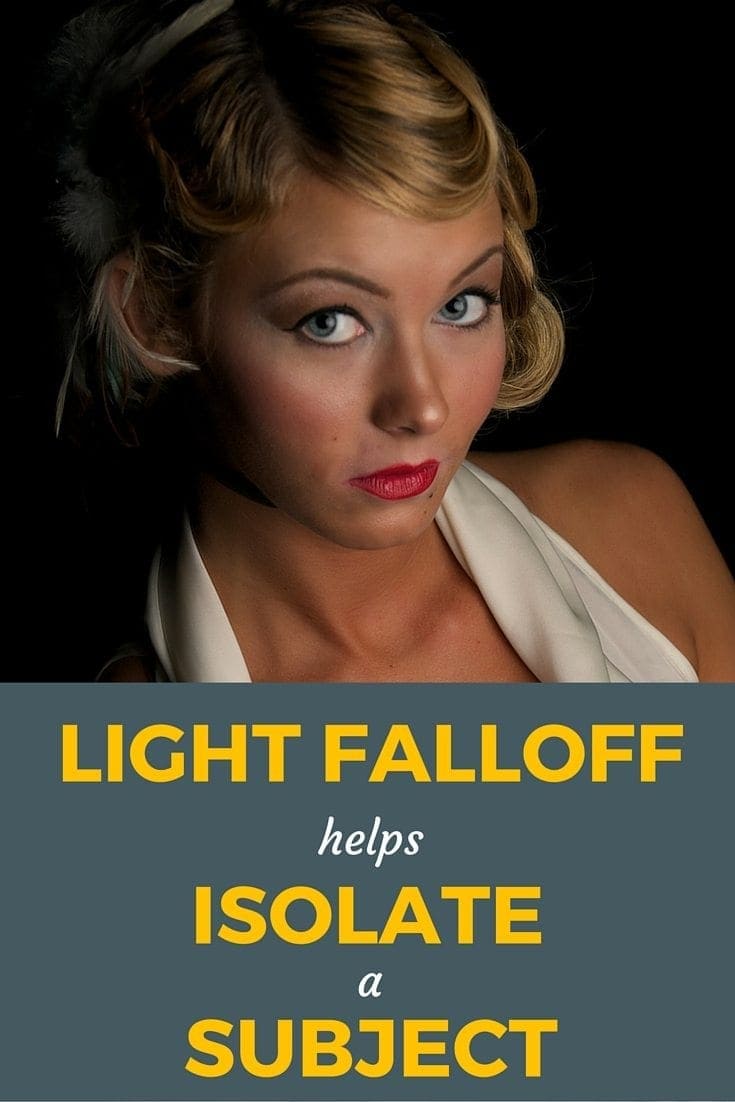Affiliate Disclosure: We earn a commission if you purchase through one of our links at no additional cost to you.
Autofocus is a wonderful thing, except when it isn’t working. Deciding to use autofocus or manual focus is one of those little things that can make the difference between success and frustration.
Autofocus Technology In Action
Autofocus is still my default. It’s a wonderful thing. As long as your lens isn’t mis-aligned, autofocus virtually guarantees your photos are in focus. I say “virtually” guarantees because there are exceptions. It’s kind of like the Pareto Principle. 80% of the results come from 20% of the causes.
In other words, the common things that you do all the time are right for most of your work.
Autofocus technology keeps improving. My Nikon D800 has autofocus features that I didn’t even know existed. During my recent workshop, Joe McNally introduced me to the 3D Focus Tracking feature. It’s a predictive focus tracking tool used in action and sports photos.
The old way with focus tracking would be to hold your shutter down half-way and track your subject – then click the shot when the time is right. The problem is that doesn’t mean you’ll have a sharp image, though. Even with professional DSLRs, there’s a minute lag from the time you hit the shutter and the exposure. We’re talking milliseconds here.
The problem is that a moving subject can still blur in sub-second lag. Worse, you may not be able to guarantee that the focus point is where you need it when tracking a moving subject in an action shot. That’s another element working against you.
3D Focus Tracking seeks to remedy this problem. It looks kind of freaky through the viewfinder. Your focus point jumps all over the place as the software inside the camera tries to predict where your subject will be when you hit the shutter.
I’m eager to try new things. It never hurts to have another tool in your kit. Here’s an example of an action shot using Nikon 3D Focus Tracking.
I panned my camera with the subject and trusted my camera to identify my subject and lock onto it for the precise moment of the shutter actuation. It’s not bad. The camera used its algorithms and captured a fast-moving subject while my slow shutter speed and panning allowed for motion blur.
It’s a serviceable shot. Yet, part of me had a concern with the focus. I was letting the camera make a critical decision for me.
There are times when it’s certainly OK to let the camera make decisions, but sometimes you want to override it for creative reasons. My exposure for this shot was manual. Why shouldn’t I make the focus decision, too?
Manual Focus
If you thought I was going to try tracking focus manually, then you were wrong. The key to using manual focus in an action shot is knowing the spot where you want to photograph your subject, and then ensuring you have good focus on that position.
I grabbed a volunteer to set my focus.
I took a shot of Joe with auto-focus and then switched to Manual focus for the action. Essentially, I used manual focus to eliminate a variable during the action.
Even with 3d Focus Tracking, there is still a chance that something would change from one shot to the next. The camera doesn’t really know what’s important to the photographer, and that’s evident in the resulting photos. When I look at the focus point in the images, it’s clear that the camera selected different spots for its focus. Sometimes it was the handlebar, another time it was the cyclist’s knee. Every shot was just a little different.
By switching to Manual focus mode, I made the decision about the focus plane and depth of field with my Aperture.
Autofocus vs Manual Focus
There are some kinds of photography where manual focus is preferable to autofocus, but the reasons differ.
- Autofocus is poor in low light. If the camera cannot distinguish points of contrast, it will just keep hunting and never find focus.
- Shallow depth of field can be critical. Macro photographers often switch to manual mode because the margin of error is very thin.
- Shooting through glass or windows can confuse autofocus. You want to make sure the focus is on your subject, not a scratch on the glass.
Each of these issues arise when the camera doesn’t have the information to make a decision. The key to choosing between autofocus or manual focus is creative control. The camera can’t read your mind or think creatively. Sometimes you have to switch to manual focus, just as you would switch to manual exposure control, to make the shot that you want.

